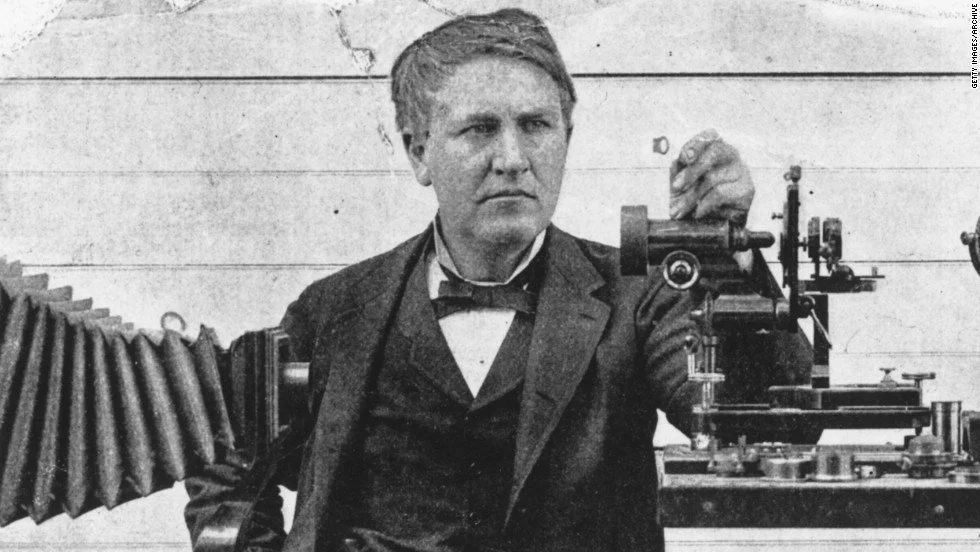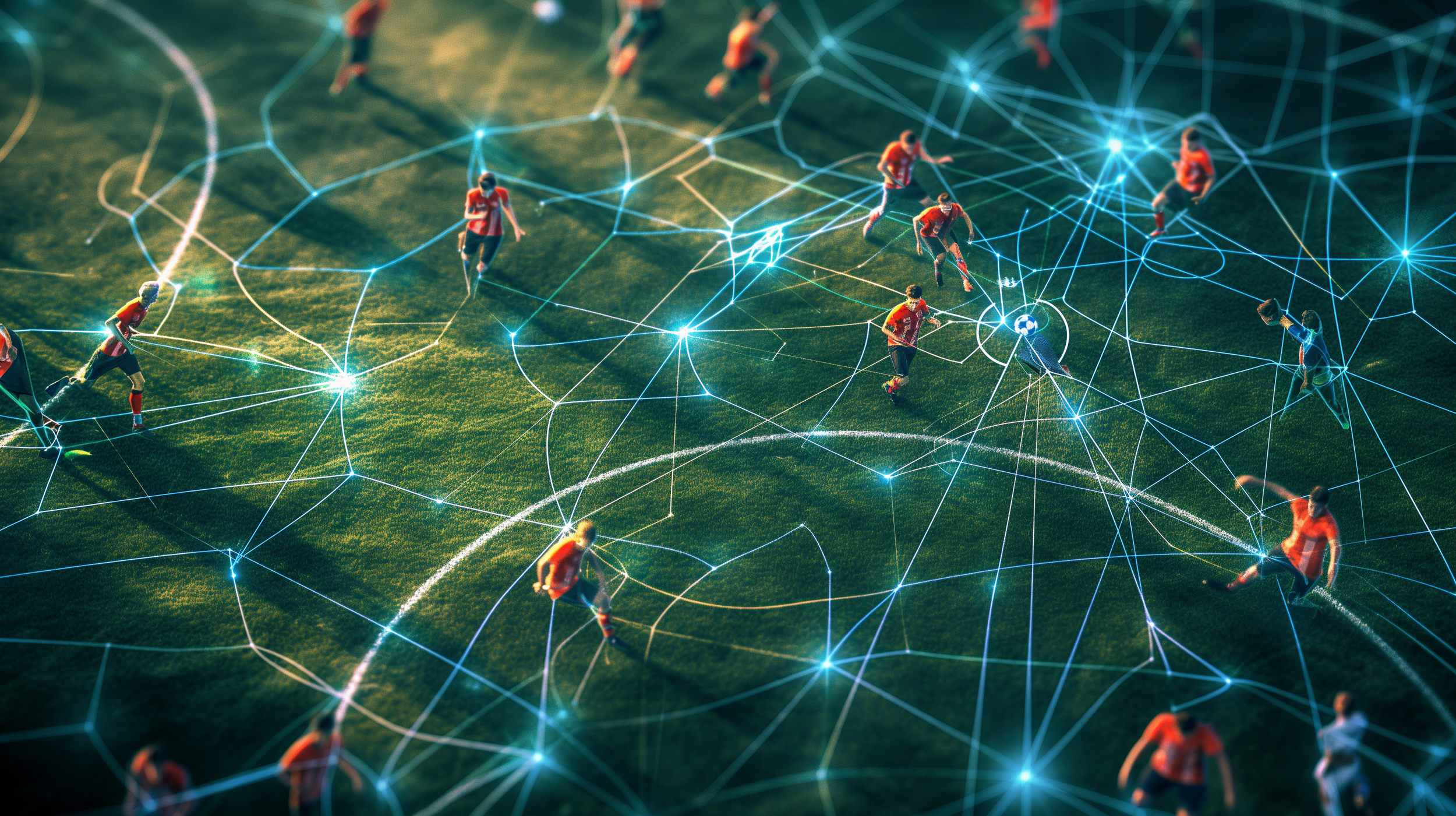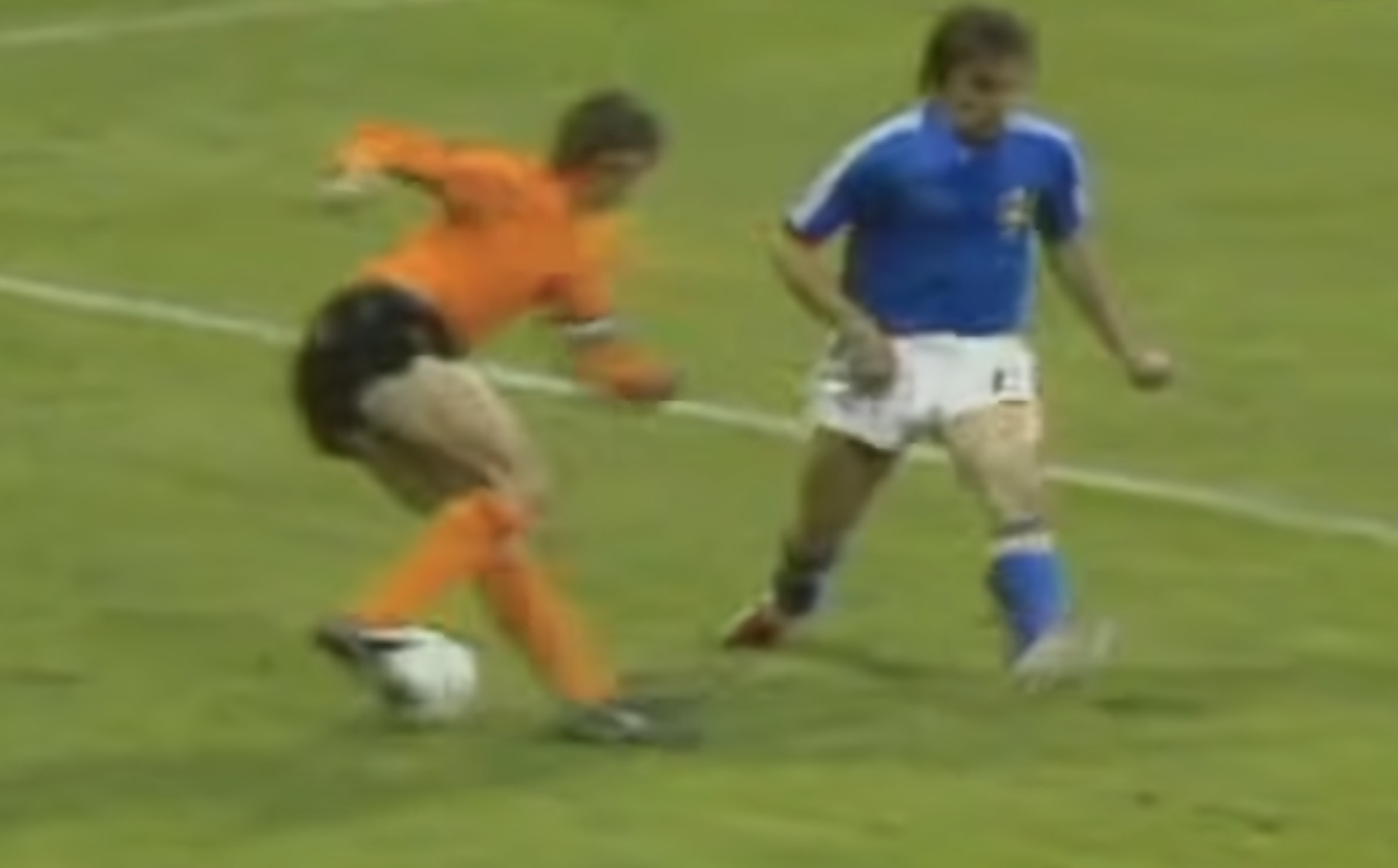Spontaneity vs The machine
Thomas Edison with his ‘Kinetoscope’ (moving view), a kinetographic camera that produces moving pictures, Aug, 1897
How Do Stories Work?
Part 8: Documentary in the Age of AI
Dear Storyteller,
Of all the art forms, the documentary is probably the most relational- a living dance between the audience, the author and the story itself. It writhes and twists between their respective grasps, searching for connection, meaning and a shared purpose.
In this new age of the instantaneous creation of any illusion we care to imagine, when we can no longer trust either text or image to be ‘real’, how do we find our bearings and hang on to our humanity?
Fear & Wonder
Documentary owes its very existence to sudden and rapid technological change. Then, as now, that change was met with a mixture of fear and wonder so authentic was the flickering image that it was indistinguishable from reality.
As a means of human expression, part of the enduring magic of the documentary has been its very ambiguity. It claims ‘the creative treatment of reality’ but the boundaries between what is real and what is not are forever being tested and stretched.
And the cycle of technological revolution continues a pace, once again warping our sense of reality and our sense of ourselves, and bringing new threats and opportunities.
But stories only matter when people believe them. And belief has never been built on facts or on technical advance but on trust.
When we can no longer distinguish what is real and what is unreal, the documentary will stand its ground not on its ‘claim to reality’ but on its claim to authenticity, emotional connection and relationship.
And documentary’s special preserve, the essence by which it will survive and flourish in the new cultural landscape of the unreal, remains unchanged – its ability to record, express and create meaning from spontaneous human emotion. And it is to the nuance and complexity of spontaneous interaction that our powers of emotional perception are most finely tuned. Our brains have evolved over millions of years to carefully observe and to listen to the complexities of human relationship played out in the moment.
The Chaos of Creativity
There is a rising tide of fear about the potential effects of AI on every arena of human endeavour, even in places you’d think to be quite safe.
In football for example AI is apparently better at taking corners than humans. Machines can now analyse infinite detail and endless variations, turning what was once an object of mystery into a game of snap to the robot brain. AI is going to change how sport is planned, controlled and played. The game is being dramatically schematised. This is going to happen. But does it sound good?
That depends on how we react. There are signs that some managers are already looking to exploit gaps in the crippling logic of total control. For what space does it leave for human improvisation, that moment in which we all instantly recognise the creative genius of spontaneous expression.
Football in the ‘mind’ of Midjourney AI, the logic of total control
Dutch genius, Johan Cruyff, makes his majestic ‘turn’ first seen in the 24th minute of the 1974 world cup, Netherlands v Sweden game
Henrik Rydstrom, the manager of Swedish club, Malmo FC, is one of those trying to nurture the human qualities of the beautiful game.
“We are trying to create chaos. I want to win, but more than that I want people to talk about how we win.”
Rydstrom calls his strategy ‘relationism’. Relationism is the antidote to the strict and precise fixation with control. This is free jazz as opposed to chess. It essentially boils down to success by breeding spontaneity. The idea is to find overloads and weak spots with fluid, unpredictable movements that are essentially made up in real time, to play close together in small areas, pass at strange, high-speed angles. It’s also a lot more fun to play and to watch.
Turning Chance Into Destiny
This same kind of guerrilla tactic also applies to human creativity and storytelling.
Stories, just as with football games, depend on a moment on which everything turns, an instant that changes the emotional perception of the viewer. And of all the art forms, it is the documentary that excels at the spontaneous. It is the life blood of the form, what Francois Truffaut described as the act of ‘turning chance into destiny’. You can create the conditions in which the revelation of the moment might occur, but its timing and true nature cannot be known or predicted beforehand.
It is created in the resonance between the story and the emotional perception of the viewer, an active participant in a living dance of nuance, complexity, ambiguity and contradiction.
You might try to prompt the machine mind to imitate it, but the audience will feel the contrivance, and the trust will be lost forever.
The spontaneous moment connects us to a universe beyond the predictive schema of any machine. In the context of the new war on reality, it is the documentary’s claim to the spontaneous that will help us to communicate, sustain and nurture our humanity, our connectedness to each other, our sense of who we are, and who we want to become.
Still from ‘Man On Wire’ (2008), showing Philippe Petit’s carefully executed moment of creative genius high above the streets of New York
Written with care by a human.
We specialise in the use of spontaneous first-hand testimony to craft films to believe in.
If you have a story to tell, or a purpose to communicate and need some friendly advice, we’d love to help.
For more filmmaking insights, subscribe to the newsletter.




